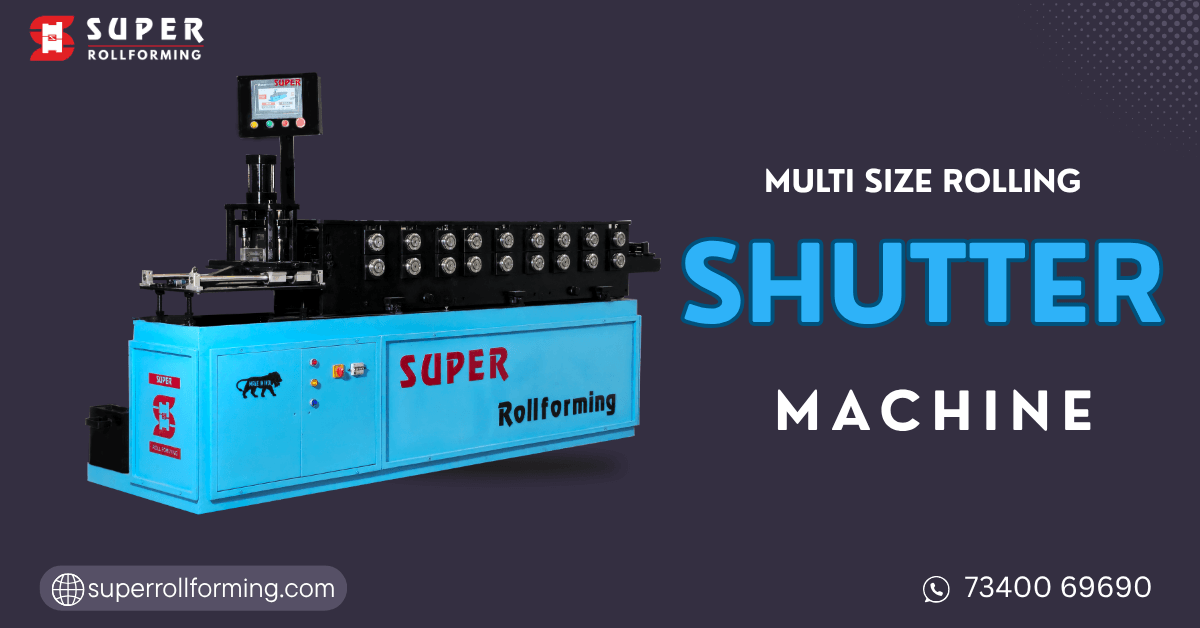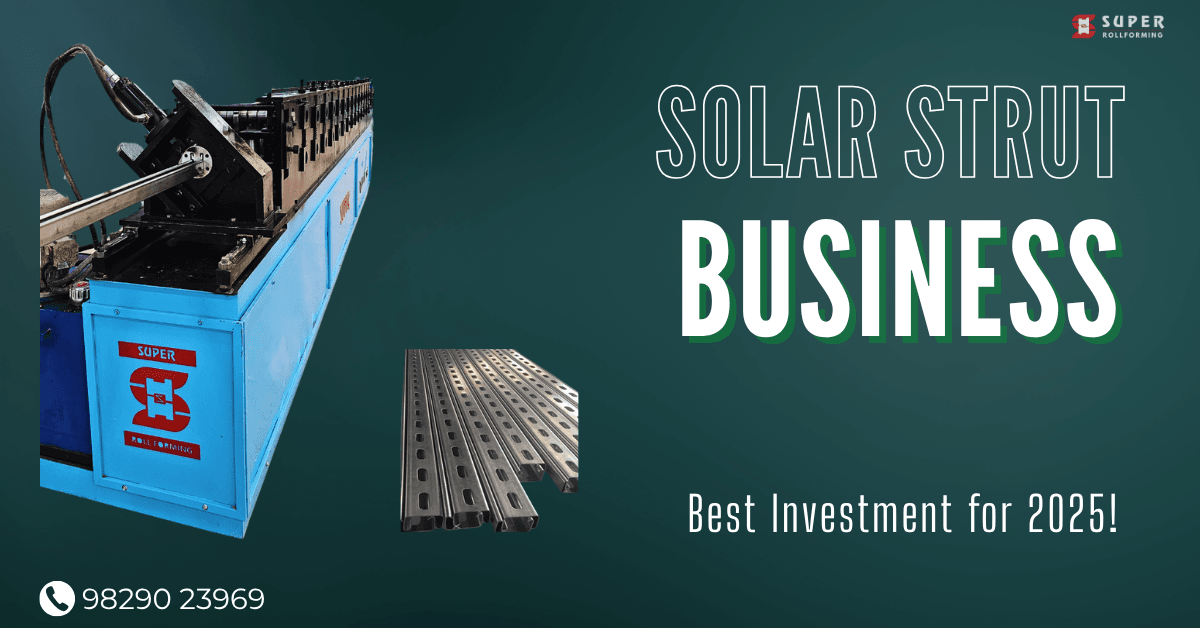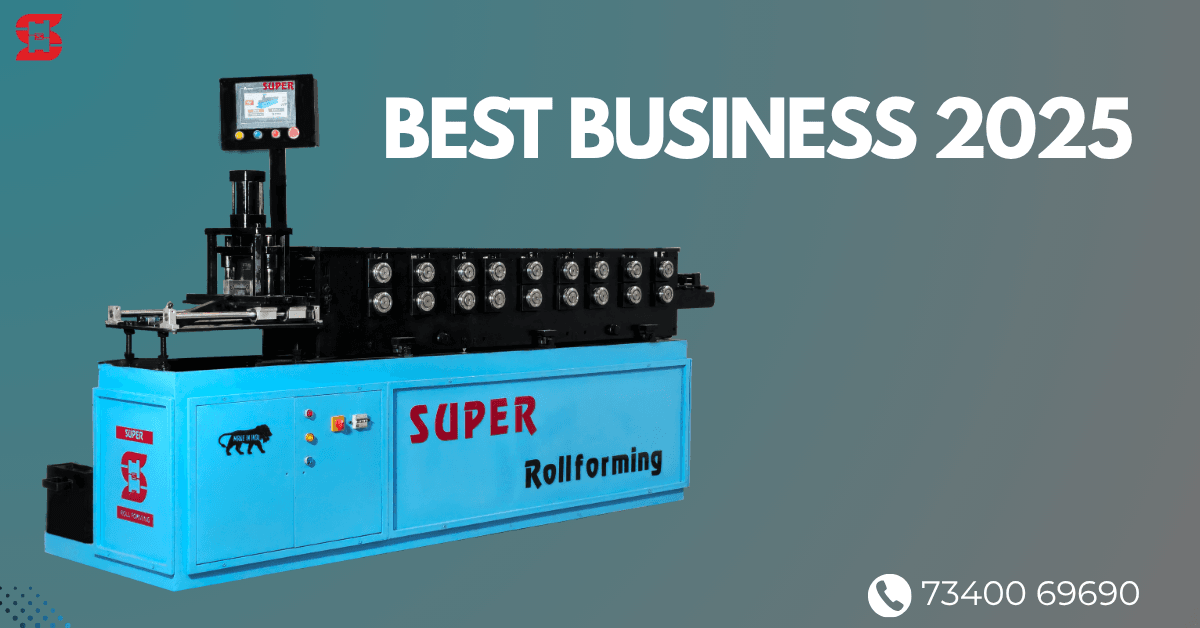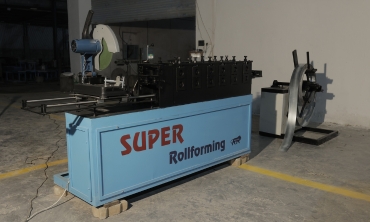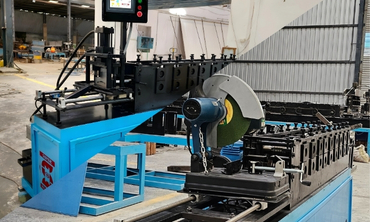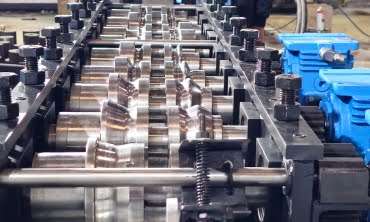When it comes to roll forming, one of the most important considerations for manufacturers is how long the tooling will last. Roll form tooling is an investment that directly impacts production efficiency, costs, and product quality. Understanding the factors that affect the longevity of roll form tooling can help manufacturers make informed decisions about their production processes.
In this blog, we’ll explore the key factors that influence roll form tooling lifespan, maintenance practices to prolong its life, and how to choose tooling that aligns with your manufacturing needs.
What Is Roll Form Tooling?
Roll form tooling consists of specially designed rolls and dies that shape metal strips into precise cross-sectional profiles. These profiles are commonly used in industries such as construction, automotive, and appliances. Tooling typically includes form rolls, cutoff dies, and punch dies—each playing a critical role in the roll forming process.
Because of its specialized nature, roll form tooling is expected to last through high-volume production, but like any tool, its lifespan is limited.
Factors Affecting Roll Form Tooling Life
Several factors contribute to the wear and tear of roll form tooling, and understanding these can help predict how long your tooling will last.
1. Material Being Formed
One of the primary factors that affect tooling longevity is the type of material being formed. Harder materials like high-strength steel or stainless steel put more stress on the tooling compared to softer materials like aluminum or mild steel. Harder materials can cause more wear on the rolls and dies, reducing the lifespan of the tooling.
2. Tooling Material
The material used to make the tooling itself is another significant factor. High-quality tooling materials like hardened steel or carbide tend to last longer than softer materials. Tooling made from carbide or specially coated materials often resists wear and maintains sharpness for extended periods, making it a cost-effective option for high-volume production.
3. Forming Speed and Line Pressure
Operating speed and line pressure also play a critical role in determining roll form tooling lifespan. Faster production speeds may increase friction, heat, and stress on the tooling, leading to quicker wear. However, if proper cooling and lubrication systems are in place, the impact of high speeds can be mitigated.
4. Lubrication and Cooling Systems
Proper lubrication and cooling are essential in maintaining tooling life. A well-lubricated system reduces friction between the rolls and the material, preventing overheating and excessive wear. Without adequate lubrication, the tooling can degrade faster, leading to frequent downtime and increased costs for repairs or replacements.
5. Tool Maintenance
Even the highest-quality tooling will wear down over time without proper maintenance. Regular inspections, cleaning, and adjustments are crucial to extending the life of your tooling. Neglecting maintenance can result in misaligned rolls, increased friction, and faster wear, all of which reduce the tooling’s lifespan.
Typical Lifespan of Roll Form Tooling
On average, roll form tooling can last anywhere from several hundred thousand feet to several million feet of production, depending on the factors mentioned above. High-quality tooling used in optimized production environments can last for up to 10 million feet or more. Lower-quality tooling, or tooling used under harsh conditions, may wear out much faster.
General Guidelines for Roll Form Tooling Lifespan:
- Hardened Steel Tooling: 3-5 million feet
- Carbide Tooling: 7-10 million feet or more
- Standard Steel Tooling: 1-3 million feet
Of course, these are general estimates, and actual lifespan can vary depending on your specific production environment.
Extending the Life of Roll Form Tooling
To get the most out of your investment, manufacturers can take several proactive steps to extend the life of their roll form tooling.
1. Routine Inspections and Maintenance
Implementing a regular inspection and maintenance routine is crucial. This includes checking the tooling for wear, ensuring alignment, and cleaning the tooling after each production run. Keeping the tooling in optimal condition will help maintain accuracy and extend its life.
2. Lubrication and Cooling Systems
Ensuring proper lubrication and cooling during the roll forming process can greatly enhance tooling longevity. Regularly check that these systems are functioning correctly and are using the right type of lubricant for your specific application.
3. Optimize Production Parameters
Running production lines at optimal speeds and pressures can minimize wear. Avoid running machines too fast without proper cooling or lubrication, as this can significantly reduce tooling life. Strike a balance between production speed and tooling longevity for maximum efficiency.
4. Upgrade Tooling Materials
Investing in higher-quality materials for your tooling, such as carbide or coated steel, can provide significant long-term savings by reducing the frequency of tooling replacements. While these materials may have higher upfront costs, they can result in lower long-term operational expenses.
Choosing the Right Tooling for Your Needs
Selecting the right roll form tooling for your application is critical for both performance and longevity. Consider factors like the material being formed, production volume, and required precision. Opting for high-quality tooling materials can provide a better return on investment by lasting longer and requiring less maintenance over time.
Additionally, working with an experienced roll forming tool manufacturer ensures that your tooling is designed to withstand the specific demands of your production process, further extending its life and reducing downtime.
Conclusion
The lifespan of roll form tooling depends on a variety of factors, from the materials being formed to how well the tooling is maintained. While there’s no one-size-fits-all answer to the question, understanding these variables can help you make informed decisions that extend tooling life and optimize production efficiency.
By choosing the right tooling material, maintaining optimal production conditions, and implementing regular maintenance routines, manufacturers can significantly extend the lifespan of their roll form tooling, saving both time and money in the long run.
Properly maintained tooling can last millions of feet of production, making it a valuable investment for any manufacturer focused on efficiency and quality.

